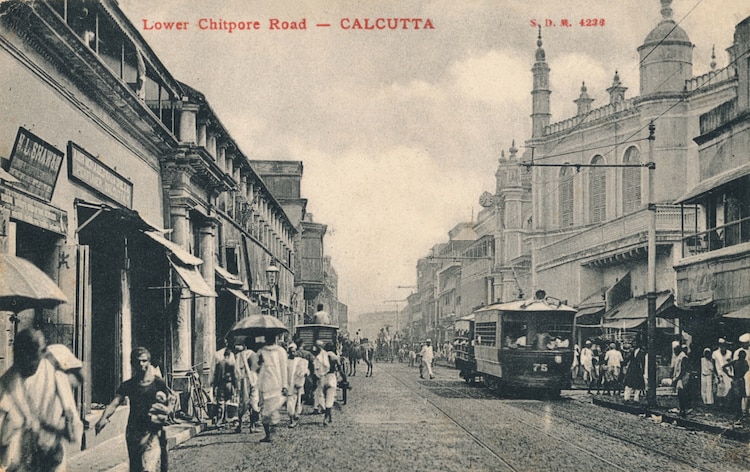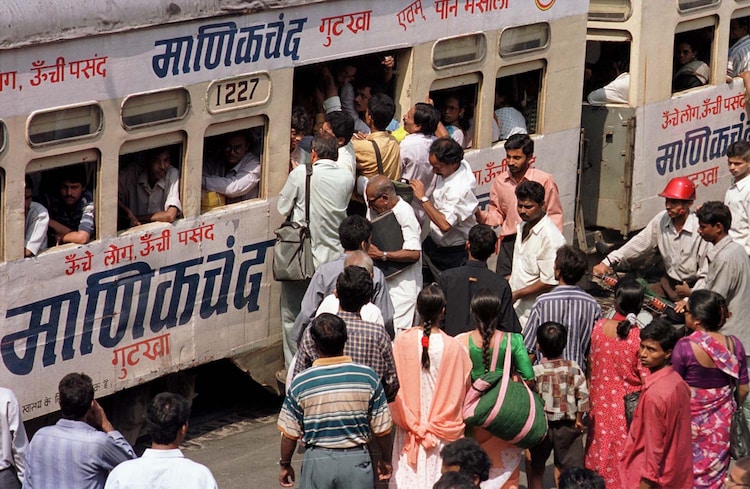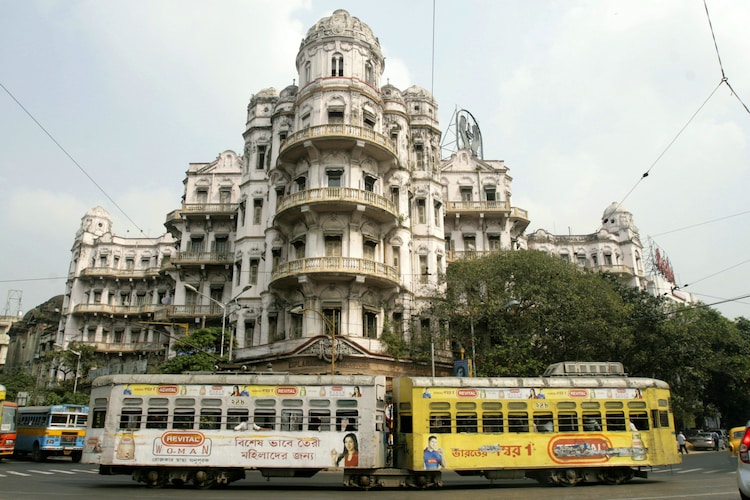In a move that marks the end of an era, the West Bengal government has announced the discontinuation of Kolkata’s iconic tram services. This decision brings to a close a 151-year-old legacy that has been an integral part of the city’s identity and daily life.
Key Points of Kolkata’s Trams:
- Historical Significance: Kolkata’s trams, introduced in 1873, were the first in Asia and the only operational tram system remaining in India.
- Final Decision: The government has decided to discontinue tram services across the city, retaining only a small heritage route from Maidan to Esplanade.
- Public Reaction: Kolkata residents have expressed sadness over the decision, with many taking to social media to share their memories and disappointment.
- Environmental Concerns: The decision comes at a time when sustainable public transport systems are increasingly relevant in the face of climate change.
The Journey of Kolkata’s Trams
- 1873: India’s first horse-drawn trams were introduced in Calcutta (now Kolkata), running from Sealdah to Armenian Ghat.
- 1880: Calcutta Tramways Company was formed and registered in London.
- 1902: Introduction of electric trams, marking a revolution in public transport.
- Early 20th Century: The Tram network expanded to 37 routes across the city.
- 1946: Trams become the first vehicle to cross the new Howrah Bridge.
- 1951: West Bengal government takes over management through the Calcutta Tramways Act.
- 1970s onwards: Gradual decline in popularity due to increasing road traffic.
- 2020: Launch of India’s first electric tram library.
- 2023: Celebration of 150 years of tram services in Kolkata.
- 2024: Announcement of discontinuation of tram services.

Cultural Impact of Kolkata’s Trams
Kolkata’s trams have been more than just a mode of transport; they’ve been woven into the city’s cultural fabric:
- Cinema: Featured in films like Satyajit Ray’s ‘Mahanagar’ (1964) and ‘Apur Sansar’.
- Music: Inspired Bengali songs, including works by Shreya Ghoshal.
- Literature: A common motif in Bengali literature, represents the city’s pace and character.
Why Trams Endured in Kolkata
Unlike other Indian cities that phased out their tram systems, Kolkata’s trams persisted due to several factors:
- Narrow streets and historical architecture made road expansion difficult.
- Highly affordable fares (as low as Rs 5 to Rs 10) made trams accessible to a wide demographic.
- Lower car ownership rates compared to other metropolitan cities.

The Final Chapter
As Kolkata bids farewell to its trams, the city grapples with mixed emotions:
- Nostalgia: For many, the trams represent a connection to the city’s past. A Kolkata resident described them as “an escape”.
- Environmental Concerns: The decision raises questions about sustainable urban transport solutions.
- Heritage Preservation: A small stretch will be retained for heritage purposes, allowing future generations a glimpse into the city’s history.
State Transport Minister Snehasish Chakraborty, during the 150th-anniversary celebration, had stated: “Tram is our pride. Nowadays, tram routes are shorter than before. However, the government tried to maintain some heritage routes of the tram. Our priority is to ensure that tram services never end in the city.”

However, the recent announcement indicates a shift in this stance, prioritizing modern transportation needs over historical preservation.
What’s next for Kolkata without Trams?
As Kolkata moves forward without its trams, questions arise about the city’s transportation future:
- How will the city address the gap left by this eco-friendly mode of transport?
- What measures will be taken to preserve the cultural and historical significance of the trams?
- How will this decision impact Kolkata’s identity as the “City of Joy”?
The discontinuation of Kolkata’s trams marks the end of a significant chapter in India’s transportation history. While progress necessitates change, the trams’ legacy will undoubtedly live on in the memories of Kolkatans and in the annals of urban history.
As one Kolkata resident poignantly noted, “Though trams lost the transport race against buses and cars, people of Kolkata can’t let go of their fond memories on the slow-moving coaches on tracks right in the middle of metalled roads. They want to hold on to those memories because memories are what Kolkata is essentially built of. And the tram will be a mainstay of memories.”
